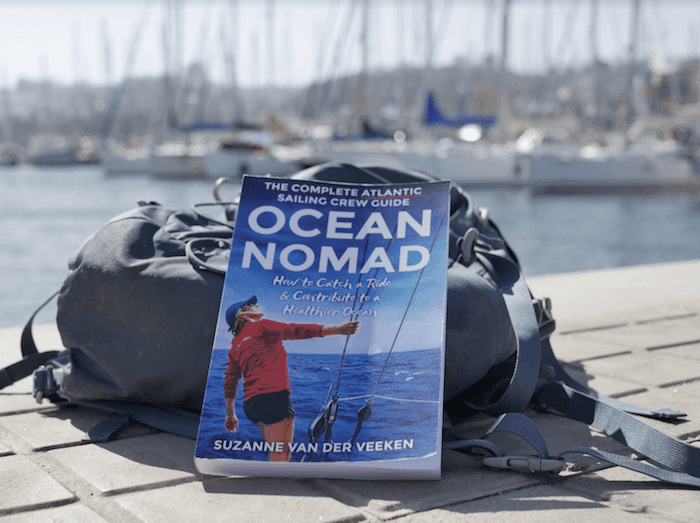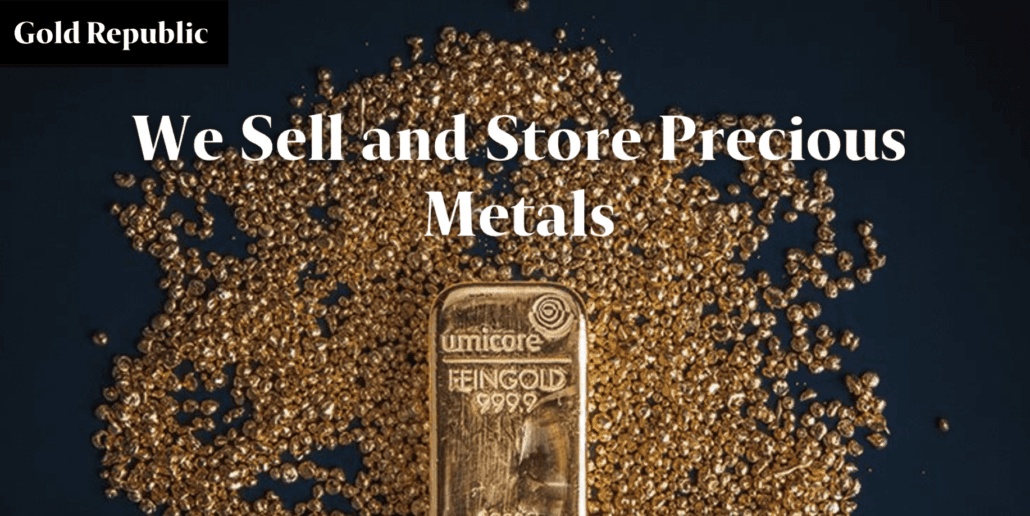Spending time in the wild for days or even weeks means you’re going to get dirty and that’s okay. In fact, embracing a little dirt is part of the magic of a long backpacking trip. But there’s a difference between being dirty and being unhealthy.
Here's a little trail hygiene guide for anyone who wants to stay clean (enough) and protect the wild places we love. These are the hygiene tips I learned after doing a couple of long-distance hikes, like the Waitukubuli National Trail, and the most recent one: hiking 850 km across the Pyrenees on the GR11, and a few more living out of my pack, and practicing natural trail hygiene the simple, natural way. And as well as from living vanlife and sailinglife.
Rather watch then read? Here's a video where I walk and talk you through my hiking hygiene kit.
Why Is Hygiene on the Trail Different?
Hiking and camping in the wild change your relationship with personal hygiene if you're used to having modern facilities. You won’t have showers or sinks. Your water source might be a stream, and your “bathroom” involves pooping in the woods.
But that doesn’t mean you can’t stay healthy. It means redefining what “clean” looks like and understanding that good outdoor hygiene is about keeping yourself, your gear, and nature safe.
Forget “Clean.” Aim for Healthy.
On trail, dirt under your nails, messy hair, and sweat are normal. You’ll never stay spotless, and you shouldn’t try.
The real goal is simple: avoid getting sick and leave no trace. Minimize the use of soap. Harsh soaps strip your skin’s microbiome, the good bacteria that actually protect you. And it just doesn't belong in nature.
Even biodegradable soaps don’t break down in streams. Using them in water is harmful to the environment. Instead, step at least 60 meters away from water sources, if you use some biodegradable soap, and let the soil filter it.
What’s in My Hygiene Kit (and What I Skipped)
Keeping things minimal means less weight, less trash, and fewer things harmful to the environment. Here’s what I carried on my GR11 hike in the hiking hygiene kit department:
- Tiny towel: doubles for face washing
- Toothbrush and DIY tooth powder: natural and safe to spit out
- Travel bidet: the ultimate portable bidet game-changer (no toilet paper)
- Menstrual cup: perfect for a period on trail with zero waste
- Small oil mix: castor, rose, and argan oil for my face
- Tongue scraper: starts the day fresh
- A pee rag
What I didn’t bring (and I hope you don't either):
- Wet wipes (heavy and leave trash)
- Bottles of shampoo
- Chemical soaps
Instead, I kept my hygiene essentials natural and simple.
Bathroom on the Trail: The Real Talk
Going to the bathroom in the wild is one of the biggest mental hurdles. But it’s not complicated. It's actually much more natural than sitting on a toilet.
Follow Leave No Trace principles:
- Dig a hole 10-20 cm deep and at least 60 meter away from water sources.
- Use a portable bidet instead of toilet paper. Or pack out toilet paper (a resealable bag works)
- Use a peerag for to catch the drops.
- If required by regulations, use a wag bag to pack out human waste.
It might feel awkward at first, but once you do it a few times, it’s just part of life out there.
Deodorant, Sweat, and Smelling Like You
Here’s the thing: deodorant doesn’t make you cleaner. It doesn’t make you healthier. It just masks smell. , Sweat is normal and actually healthy. It cools you down and flushes out toxins. No one expects you to smell like flowers in the wild and trying too hard just adds unnecessary hygiene products to your pack.
Feet First: Socks, Shoes, and Blisters
Your feet are your thru-hike foundation, treat them well, and you’ll go far.
Dry your socks and shoes every chance you get.
Wear two pairs of socks to prevent blisters.
Choose merino wool socks. They resist smell, breathe, and don’t shed microplastics.
Buy shoes two sizes bigger. Your feet will swell on trail.
A little wool tucked in your sock where something rubs can save you from a blister.
Digestive Health = Hygiene Too
Your gut health affects your hygiene more than you think.
If you’re constipated, you’ll feel worse. If you get diarrhea, things can get messy fast.
What I carried:
- Spices and chai tea to keep trail food interesting and the digestive system happy
- Electrolytes for sweaty days
- Charcoal powder for food poisoning or bad water
- A plastic bag to carry out any trash
Good digestion makes life (and hiking and camping) a lot cleaner.
Period on the Trail
Yes, you can stay clean on your period while hiking.
On trail, I prefer to use a menstrual cup. It’s practical, zero-waste, and no need to carry pads or tampons or a sealable plastic bag full of trash.
Hair on the Trail
Hair on the trail is simpler than you think.
I braid it to avoid tangles, rinse when I can, and skip shampoo. Your scalp adjusts when you stop washing it every day. If you get the opportunity a fresh rinse in a river stream could do magic and mud on the scalp can do wonder for the grease.
Sleep Hygiene
At night, I switch into clean layers: merino leggings and a thermal top. It feels like a reset button. I even carry a tiny pillow. Luxury? Maybe. But waking up rested makes every day better.
Mental Hygiene
Mental hygiene matters too. Some days are tough. Complaining doesn’t change the weather, but focusing on gratitude keeps your mindset and your time out in the wilderness, lighter.
Leave the Trail (and Yourself) Better
Every choice leaves a mark:
What you wash with
Where you spit
Where you pee or poo
Trail hygiene is about respect for yourself, for others, and for nature.
Follow Leave No Trace principles: dig a hole, use a pee rag, and be mindful of your impact on the environment.
Key Takeaways
Forget spotless, focus on healthy
Wash your hands before you eat, the simplest and best good hygiene habit.
Use biodegradable soap only far away from water sources
A portable bidet is a game-changer! Try it!
Wear merino wool socks and shoes two sizes bigger
A menstrual cup makes a period on trail easier
Always fill the hole (and pack out what needs packing)
Above all: keep it simple, natural, and leave no trace





















